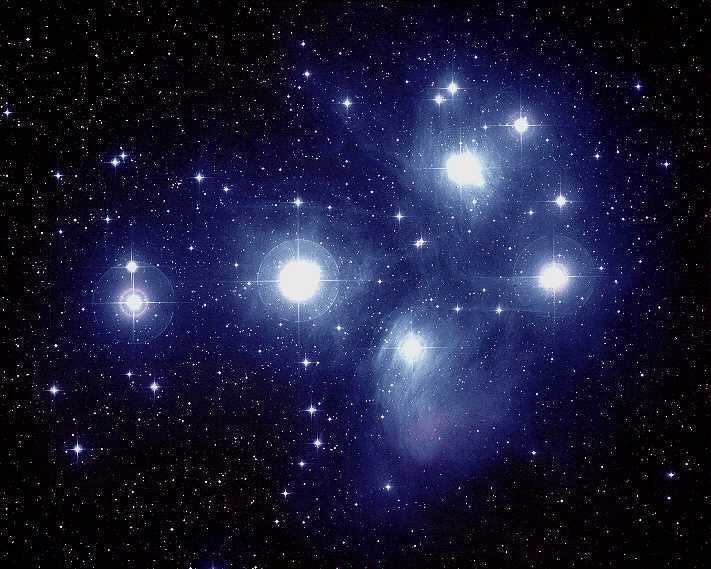 | ||
A shell star is a star having a spectrum that exhibits features indicating a circumstellar disc of gas surrounding the star at the equator. They may exhibit irregular variations in their luminosity due to the outflow of matter. The shell stars are fast rotators, giving a partial explanation on the mechanism, but shell stars are still considered enigmatic. Shell stars belong to spectral types O7.5 to F5, but their spectra are characterized by enormously widened absorption lines due to fast rotation and the disc that contributes also to other spectral peculiarities. Rotation velocities are about 200–250 km/s, not far from the point when the rotational acceleration would disrupt the star.
Contents
Subtypes
Shell stars are subdivided in four categories:
The spectrum is variable in the long term, and the early type shell stars may switch from and to exhibiting a Be type spectrum or an ordinary B spectrum. The earlier types usually exhibit He I and usually Fe II emission, while later types show Ca II and Ti II emission. It is believed that the shell stars belong to somewhere in the range of main sequence up to giant star size, although the exact luminosity class is uncertain due to rotational line broadening.
Variability
Shell stars often show variability in their spectra and brightness. The shell features may come and go, with the star changing from a shell star to a normal B star or Be star. Shell stars which show irregular variability due to changes in, or the disappearance of, the "shell" are called Gamma Cassiopeiae variables. Pleione and Gamma Cassiopeiae itself are both variable stars that have intermittent shell episodes where strong shell features appear in the spectrum and the brightness increases or decreases significantly. At other times the shell is not detectable in the spectrum, and even the emission lines may disappear.
